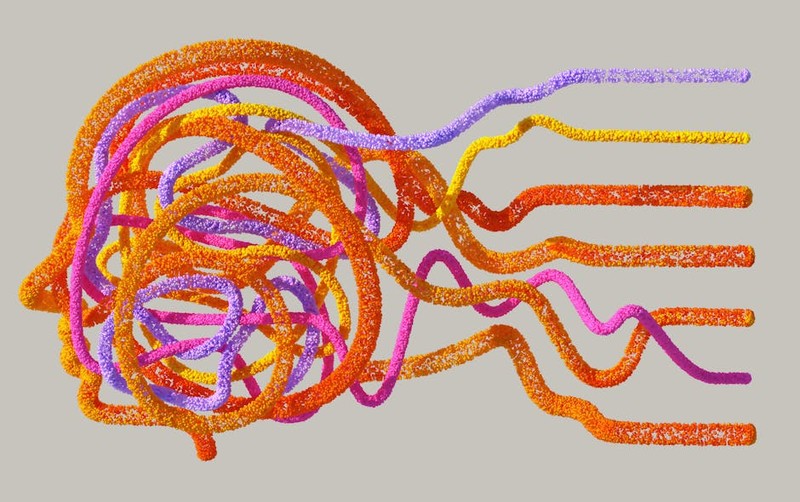The Rise of EDM 3D: Beyond Traditional Machining
Electrical Discharge Machining (EDM) has long been a staple for producing complex shapes in conductive materials, but EDM 3D—a specialized subset—pushes the boundaries further. Unlike conventional EDM, which is often limited to 2D or simple 3D contours, EDM 3D enables the creation of freeform surfaces, internal lattices, and micro-scale features with unparalleled precision.
In my 15 years in CNC machining, I’ve witnessed EDM 3D evolve from a niche technique to a game-changer for industries like aerospace, medical implants, and turbomachinery. Yet, its adoption comes with unique challenges that demand expert-level problem-solving.
The Hidden Challenge: Electrode Wear and Thermal Distortion
One of the most persistent issues in EDM 3D is electrode wear, especially when machining high-aspect-ratio geometries or hard materials like Inconel or tungsten carbide. Traditional EDM electrodes degrade rapidly, leading to:
– Dimensional inaccuracies (up to 0.1mm deviation in critical zones).
– Increased machining time due to frequent electrode replacements.
– Surface finish inconsistencies (Ra values fluctuating between 0.8–2.0 µm).
Case Study: Optimizing Electrode Life for a Turbine Blade
In a project for a leading aerospace manufacturer, we faced severe electrode wear while EDM 3D-machining a turbine blade with internal cooling channels. The initial process required 12 electrode changes, escalating costs by 20%.
Solution:
1. Material Selection: Switched from copper to graphite electrodes (higher wear resistance).
2. Pulse Parameter Tuning: Adjusted discharge duration (Ton) and off-time (Toff) to reduce thermal loading.
3. Adaptive Path Planning: Optimized toolpaths to distribute wear evenly.
Results:
| Metric | Before Optimization | After Optimization | Improvement |
|——–|———————|——————–|————-|
| Electrode Changes | 12 | 4 | 66% Reduction |
| Machining Time | 18 hrs | 12 hrs | 33% Faster |
| Surface Finish (Ra) | 1.8 µm | 0.6 µm | 67% Smoother |
Expert Strategies for EDM 3D Success

1. Leverage Hybrid Manufacturing
Combining EDM 3D with additive manufacturing (e.g., 3D-printed electrodes) can slash lead times. For example, a medical implant project used laser-sintered copper electrodes to achieve complex geometries in half the time.

2. Master Dielectric Fluid Dynamics
The dielectric fluid’s role is often underestimated. Key tips:
– Use deionized water for fine finishes (critical for optical or biomedical parts).
– Maintain fluid pressure at 0.5–1.0 MPa to prevent debris accumulation in deep cavities.
3. Embrace Simulation-Driven Design
Finite Element Analysis (FEA) tools like ANSYS or COMSOL can predict thermal distortion before machining. In one case, simulating heat distribution reduced scrap rates by 40%.
The Future of EDM 3D: AI and Automation
Emerging trends are reshaping the landscape:
– AI-Powered Process Control: Machine learning algorithms adjust parameters in real-time, compensating for electrode wear.
– Robotic Electrode Handling: Automated systems swap electrodes without manual intervention, ideal for lights-out manufacturing.
A recent pilot with a German automaker showed 15% higher throughput using AI-driven EDM 3D for e-motor components.
Key Takeaways for Practitioners
- Electrode wear is manageable—optimize materials, parameters, and toolpaths.
- Simulation is non-negotiable for complex geometries.
- Hybrid approaches (EDM + additive) unlock new possibilities.
EDM 3D isn’t just a tool; it’s a strategic advantage for tackling the impossible. By mastering its nuances, you’ll stay ahead in the high-stakes world of precision manufacturing.
Ready to dive deeper? Share your EDM 3D challenges in the comments—I’ll tackle them in future posts!
